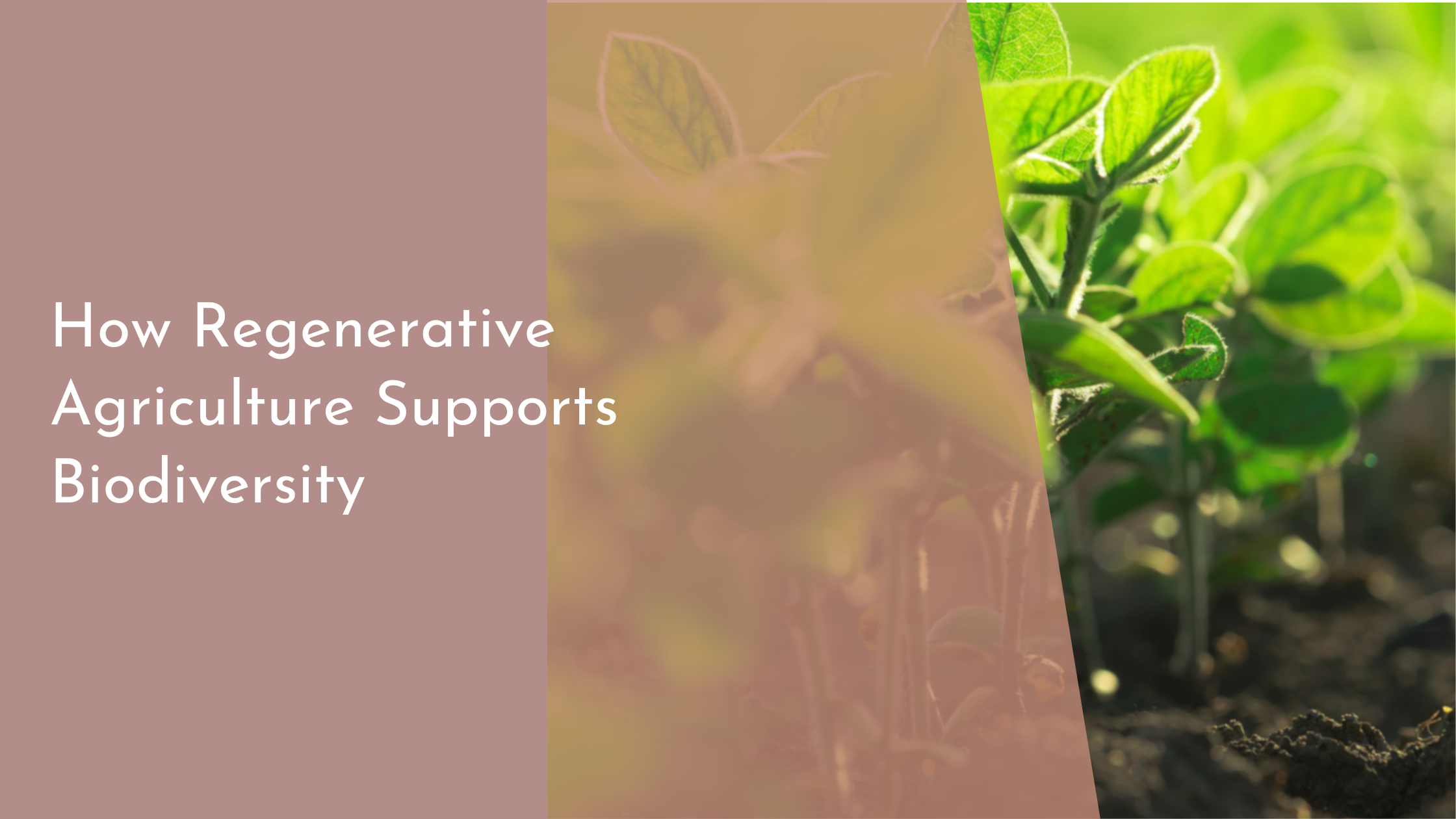How Regenerative Agriculture Supports Biodiversity
In recent years, regenerative agriculture has gained momentum as a promising approach to sustainable farming that not only enhances productivity but also supports biodiversity. This farming philosophy emphasizes the importance of restoring and maintaining ecological balance through various practices that work in harmony with nature. By focusing on soil health, diverse planting, and integrated livestock, regenerative agriculture promotes a thriving ecosystem that benefits both the environment and the farmer. In this article, we will explore how regenerative agriculture practices bolster biodiversity and contribute to the sustainability of our planet.
Understanding Regenerative Agriculture Practices
Regenerative agriculture is a holistic land management practice that seeks to improve and revitalize the overall health of agricultural ecosystems. It focuses on restoring soil health, increasing biodiversity, and improving water cycles. Key practices include cover cropping, minimal soil disturbance, and organic matter enrichment. These methods collectively aim to enhance the resilience and productivity of the land while reducing environmental impact. By prioritizing ecosystem health, regenerative agriculture sets itself apart from conventional agricultural practices that often prioritize short-term gains over long-term sustainability.
A central tenet of regenerative agriculture is its emphasis on working with natural processes rather than against them. This approach respects the intricate relationships within ecosystems, such as the interdependence between plants, animals, and microorganisms. By fostering these connections, regenerative practices help create a dynamic and self-sustaining environment. Farmers who adopt regenerative methods often observe an increase in natural biodiversity, which in turn enhances pest control, pollination, and nutrient cycling. This sets the stage for a more resilient agricultural system that can withstand environmental challenges and support a diverse array of life forms.
Enhancing Ecosystems Through Soil Health
Soil health is the cornerstone of regenerative agriculture, serving as the foundation for a thriving ecosystem. Healthy soils are teeming with life, including beneficial bacteria, fungi, earthworms, and other microorganisms that contribute to nutrient cycling and plant health. By improving soil structure and organic matter content, regenerative practices create an environment that supports diverse biological activity. Techniques such as cover cropping and reduced tillage help protect soil from erosion, retain moisture, and enhance fertility, all of which are crucial for maintaining biodiversity.
Moreover, healthy soils play a vital role in sequestering carbon, thus helping mitigate climate change. The ability of soil to capture and store carbon increases when its organic matter content is enhanced through regenerative practices. This not only improves soil fertility but also fosters a healthy root ecosystem, which supports plant growth and provides habitat for a variety of organisms. As soil health improves, the capacity for supporting diverse plant and animal life increases, creating a rich tapestry of biodiversity that contributes to ecosystem stability and resilience.
Diverse Crop Rotations and Livestock Integration
One of the key strategies in regenerative agriculture is the implementation of diverse crop rotations. This practice involves growing a variety of crops in a sequential manner, which disrupts pest and disease cycles, reduces reliance on chemical inputs, and improves soil structure. By incorporating a wide range of plants, farmers can enhance the diversity of their fields, attracting a broader spectrum of insects, birds, and other wildlife. This biological diversity not only aids in natural pest control but also promotes pollinator health, which is critical for food production.
The integration of livestock into farming operations further amplifies the benefits of regenerative agriculture. Grazing animals such as cattle, sheep, and goats can help manage vegetation, fertilize the soil with their manure, and promote nutrient cycling. When managed properly, livestock contribute to the health of the land by mimicking natural grazing patterns, which stimulates plant growth and encourages a diverse plant community. This harmonious blend of plant and animal life creates a balanced ecosystem where biodiversity flourishes, underpinning the stability and productivity of the agricultural landscape.
Concluding Thoughts on Biodiversity and Regeneration
The regenerative agriculture movement is fundamentally about restoring balance and fostering resilience within agricultural systems. By prioritizing soil health, diverse planting, and the integration of animals into farming systems, these practices encourage a natural harmony that supports biodiversity. The benefits of increased biodiversity are manifold, ranging from enhanced ecosystem services like pollination and pest control to improved climate resilience and food security. As more farmers adopt these practices, the cumulative positive impact on the environment and society becomes increasingly apparent.
Ultimately, regenerative agriculture offers a hopeful vision for the future of farming, one that aligns agricultural production with ecological health. By embracing practices that nurture the land and its myriad inhabitants, regenerative agriculture not only ensures the long-term viability of farms but also enhances the health of our planet. As we continue to seek sustainable solutions to global challenges, the role of regenerative agriculture in supporting biodiversity and fostering a robust, resilient ecosystem cannot be overstated.
In conclusion, regenerative agriculture presents a compelling framework for cultivating a sustainable and biodiversity-rich future. By embracing practices that prioritize soil health, diverse cropping systems, and harmonious livestock integration, we can create landscapes that thrive with life. The positive ripple effects of these efforts extend far beyond individual farms, contributing to healthier ecosystems and communities worldwide. As we move forward, the principles of regenerative agriculture offer us a path to not only restore our environment but also sustain it for generations to come.

